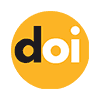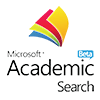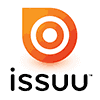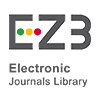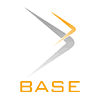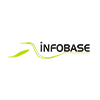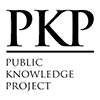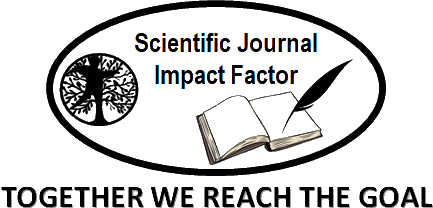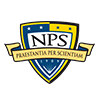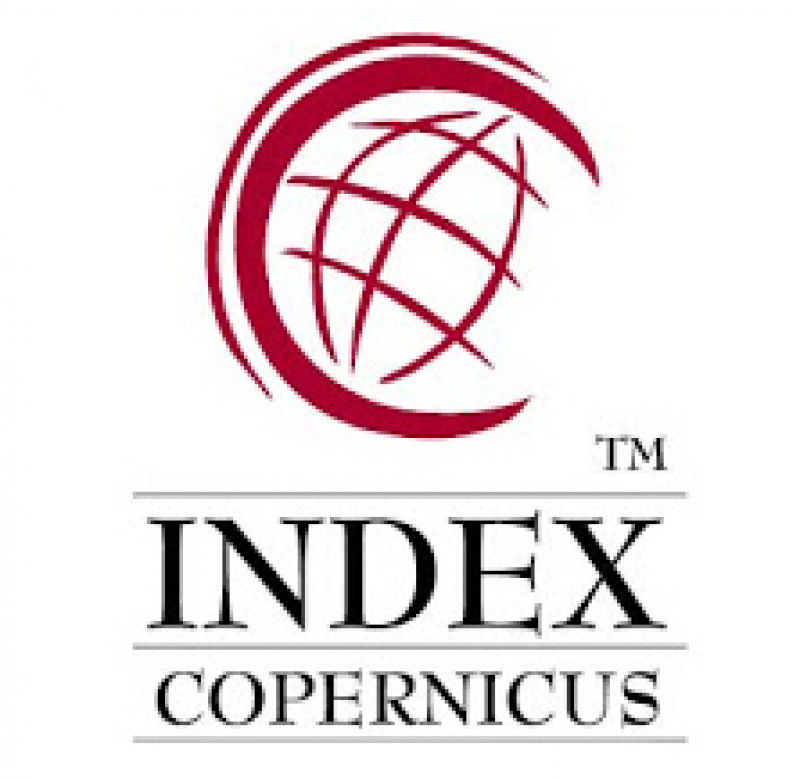Improving Students’ Speaking Skills by Using Flashcards in Colombo High School Yogyakarta
Abstract
This paper investigates the effectiveness of flashcards in improving students' ability to communicate orally. The study used classroom action research methods, pre-test, post-test, reflection evaluation, structured interviews, and classroom observation to collect qualitative and quantitative data. The results revealed significant benefits, including improving students' speaking proficiency, motivation, enjoyment, and participation. Interviews highlighted how flashcards facilitated students' articulation of ideas and experiences, increasing their interest, confidence, and understanding of English. Moreover, using flashcards led to heightened motivation and enjoyment among students, fostering eagerness to participate and interact with the material. The study employed various research procedures, such as pre-tests, post-tests, reflection tests, structured interviews, and classroom observations, to gather quantitative and qualitative data. Thematic analysis of qualitative data and quantitative analysis of speaking skills evaluations were conducted to assess the impact of flashcard usage. Significant development in students' speaking skills was observed throughout the study, with notable proficiency, scores, and confidence improvements. Students provided positive feedback on the efficacy of flashcard-based exercises, acknowledging improvements in their English-speaking confidence.
Keywords
Full Text:
PDFReferences
Baleghizadeh, S., & Ashoori, A. (2011). Flashcards: A Pedagogical Tool for Language Learning. Language Teaching and Learning, 1(1), 1-15.
Bell, A. (1998). Advantages of the Think-Pair-Share Approach. Journal of Educational Psychology, 90(3), 435-448.
Berns, M. (1990). Key Principles of Communicative Language Teaching. TESOL Quarterly, 24(2), 195-209.
Broughton, G., Brumfit, C., Flavell, R., Hill, P., & Pincas, A. (2003). The Use of Cue Cards in Language Learning. Language Teaching, 36(2), 193-216.
Brown, H. D. (2000). Characteristics of Communicative Language Teaching. In Principles of Language Learning and Teaching (4th ed., pp. 103-123). White Plains, NY: Longman.
Brown, H. D. (2007). Enhancing Verbal Presentations for Effective Communication. Language Education Quarterly, 30(2), 145-160.
Brown, H. D. (2010). Speaking: Macro and Micro Skills. In Language Assessment: Principles and Classroom Practices (2nd ed., pp. 112-133). Pearson Education.
Brown, H. D., & Yule, G. (1983). Teaching the spoken language: An approach based on the analysis of conversational English. Cambridge University Press.
Bueno, K., Madrid, D., & McLaren, N. (2006). Factors influencing the development of Spanish-language pronunciation among adult learners of Spanish as a second language. In L. P. González (Ed.), Spanish applied linguistics at the turn of the millennium: Papers from the 1999 conference (pp. 319-334). Cascadilla Press.
Byrne, M. (1997). Education and Cultivation of Diverse Abilities. Educational Theory, 21(3), 1-15.
Celce Murcia, M. (2001). The Role of Practice in Enhancing Fluency. Applied Linguistics, 22(4), 476 -497.
Chastain, K. (1988). Short Stories: A Pathway to Knowledge Enhancement. Educational Psychology Review, 12(3), 289-302.
Cross, D. (1992). Flashcards in Language Learning. TESOL Quarterly, 26(3), 665-689.
Dornyei, Z. (2001). Task Delivery and Learner Motivation. Language Teaching Research, 5(3), 263-276.
Ferrance, E. (2000). Themes in education: Action research. Providence Rhode Island (RI): Brown University LAB.
Fraenkel, J. R., & Wallen, N. E. (2009). Participant Observation Research: Definition and Characteristics. In How to Design and Evaluate Research in Education (7th ed., pp. 441-472). McGraw-Hill.
Harmer, J. (2001). Elements of Speaking: Insights from Language Acquisition. Applied Linguistics, 22(2), 265-278.
Haryudin, A., & Jamilah, R. (2018). Challenges in Acquiring Speaking Proficiency. Journal of Language Acquisition, 5(1), 55-68.
Haycraft, J. (1978). Flashcards: A Versatile Tool for Language Teaching. English Language Teaching Journal, 32(2), 98-115.
Hymes, D. (1971). On Communicative Competence. Philadelphia: University of Pennsylvania Press.
Johnson, D. W., & Johnson, R. T. (1999). Cooperative Learning Methods: A Meta-Analysis. Journal of Research in Education, 9(2), 102-120.
Kemmis, S., & McTaggart, R. (1988). The Action Research Planner (3rd ed.). Victoria: Deakin University Press.
Kemmis, S., & McTaggart, R. (Eds.). (1988). The action research planner (3rd ed.). Geelong: Deakin University Press.
Klippel, F. (1984). Keep Talking: Communicative Fluency Activities for Language Teaching. Cambridge: Cambridge University Press.
Kluge, B., & Taylor, A. (1999). Augmenting Mastery in English Speaking: Additional Tasks for Teachers. Language Teaching Research, 3(2), 175-188.
Larsen, D. & Freeman. (2000). Techniques and Principles in Language Teaching. Oxford: Oxford University Press.
Ledlow, S. M. (2001). The Think-Pair-Share Technique in Instruction. Educational Leadership, 58(4), 34-37.
Leong, K., & Ahmadi, S. (2017). Beyond Words: Understanding the Complexity of Speaking. Language Education Quarterly, 20(1), 30-42.
Mashburn, A. J., Hamre, B. K., Downer, J. T., & Pianta, R. C. (2008). Teacher and Classroom Characteristics Associated with Teachers' Ratings of Prekindergartners’ Relationships and Behaviors. Journal of Psychoeducational Assessment, 26(4), 333–346.
Mashburn, A. J., Pianta, R. C., Hamre, B. K., Downer, J. T., Barbarin, O. A., Bryant, D., Burchinal, M., Early, D. M., & Howes, C. (2008). Measures of classroom quality in prekindergarten and children's development of academic, language, and social skills. Child Development, 79(3), 732-749.
Numrich, C. (1996). Teaching Innovations: A Study of Novice Teachers. Teaching and Teacher Education, 12(5), 531-542.
Oradee, T. (2012). Cooperative Activities in Successful Communication. Journal of Communication Studies, 15(3), 210-225.
Prabhu, N. S. (1987). The Role of the Pre-Task in Communicational Teaching Projects. ELT Journal, 41(2), 136-145.
Richards, J. (2006). Communicative Language Teaching Today. Cambridge: Cambridge University Press.
Richards, J. (2008). Teaching Listening and Speaking from Theory to Practice. Cambridge: Cambridge University Press.
Richards, J. C. (2008). Communicative Language Teaching: Active Involvement and Authentic Interaction. TESOL Quarterly, 42(1), 21-34.
Richards, J. C., & Renandya, W. A. (2002). Methodology in Language Teaching: An Anthology of Current Practice. Cambridge University Press.
Richards, J. C., & Rodgers, T. S. (2001). Communicative Language Teaching: Past, Present, and Future. RELC Journal, 32(1), 5-30.
Rodriguez, E. (2022). Language acquisition and meaningful communication: A pedagogical perspective. Journal of Applied Linguistics, 12(2), 143-158.
Rodriguez, J. (2022). Enhancing Language Learning: The Role of Comprehension in Meaningful Expression. Journal of Educational Psychology, 114(3), 432–445.
Savignon, S. (1997). Communicative Language Teaching: Linguistic Theory and Classroom Practice.
Schneider, L. (1993). Improving English Speaking Skills: Strategies for Teachers. English Education, 25(4), 345-360.
Scott, D. (1995). Communication Strategies in Foreign Language Learning. Modern Language Journal, 79(3), 317-327.
Scott, J. (1990). Making Effective Flashcards. Language Education, 14(3), 105-120.
Soto-Hinman, R. (2011). Supporting English language learners in content learning situations. In M. Celce-Murcia, D. M. Brinton, & M. A. Snow (Eds.), Teaching English as a second or foreign language (4th ed., pp. 328-345). National Geographic Learning/Cengage Learning.
Thornbury, S. (2005). How to Teach Speaking. London: Longman
Ur, P. (1996). Issues in Speaking Classes. English Teaching Forum, 34(4), 119-123.
Ur, P. (2009). The Importance of Speaking in Language Acquisition. Modern Language Journal, 93(2), 115-128.
Wenli, W. (2005). Classroom Observations and Discussions: A Foundation for Learning. Journal of Educational Research, 98(5), 312-325.
Yani, I. (2007). Methods of Communication: Strategies for Overcoming Obstacles. Communication Research, 34(2), 178-192.
Zuhriyah. (2017). The Role of Speech in Verbal Communication. Journal of Communication Studies, 10(2), 118-130.
DOI: http://dx.doi.org/10.18415/ijmmu.v12i3.6541
Refbacks
- There are currently no refbacks.
Copyright (c) 2025 International Journal of Multicultural and Multireligious Understanding

This work is licensed under a Creative Commons Attribution-NonCommercial-NoDerivatives 4.0 International License.
https://ijmmu.com
editor@ijmmu.com
facebook.com/ijmmu
Copyright © 2014-2018 IJMMU. All rights reserved.





